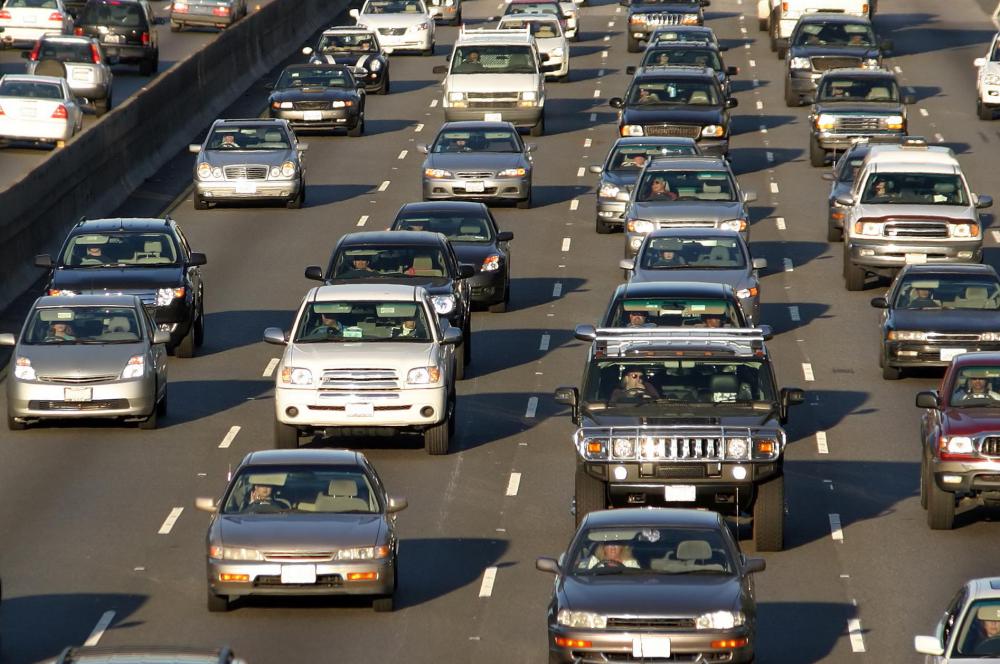At WiseGEEK, we're committed to delivering accurate, trustworthy information. Our expert-authored content is rigorously fact-checked and sourced from credible authorities. Discover how we uphold the highest standards in providing you with reliable knowledge.
What is a Traffic Flagger?
A traffic flagger is a person who uses flags, signs and hand signals to direct vehicles. He commonly works at road construction sites where traditional electric traffic signals and stationary directional signs are not available or are inoperable. A traffic flagger may work for a road construction contractor or be an employee of a local or regional government agency.
When a road or street is being repaired, large cones, normally of a highly-visible color to drivers in any type of weather, are customarily arranged in a strategic pattern by a traffic flagger. He customarily places them on either side of the repair area to create an alternate path for vehicles. He normally confers with his supervisor at the beginning of the project to determine the most practical path to design.

To further aid motorists in navigating the area, a traffic flagger is typically supplied with portable signs and flags. The placards normally have directives printed on them, instructing motorists to stop, slow down or exercise extreme caution when proceeding. If flags are used, they are usually colored red to indicate stopping, green to proceed and yellow to indicate care should be taken and speeds reduced. Some scenarios require the flagger to supply the last driver in a procession with a flag or marker to give to the flagger on the opposite end of the road project to indicate a reversal in the through-traffic pattern.

In addition to communicating with drivers, a traffic flagger also regularly communicates with his fellow workers or law enforcement personnel. He may discuss alternate instructions with his associates or be required to warn them of impending danger. If a driver fails to follow directions or engages in reckless driving, the flagger is normally expected to give the driver’s vehicle license number to a police officer.
To achieve success in this position, a traffic flagger must be confident that his directions ensure the safety of motorists. His demeanor is generally expected to reflect confidence in his actions and instructions. He is frequently required to answer questions from motorists and give them oral directives, so good communication skills and tactful manners are strongly preferred. Being alert to changing conditions and having quick reflexes are considered advantages for people seeking this job.
There are normally no educational requirements for this job. A considerable number of organizations require traffic flaggers to undergo training and become certified for the position. On-the-job training is also frequently offered to new traffic flaggers. Background in working with the public is considered an asset for those aspiring to be a traffic flagger.
AS FEATURED ON:
AS FEATURED ON:












Discuss this Article
Post your comments